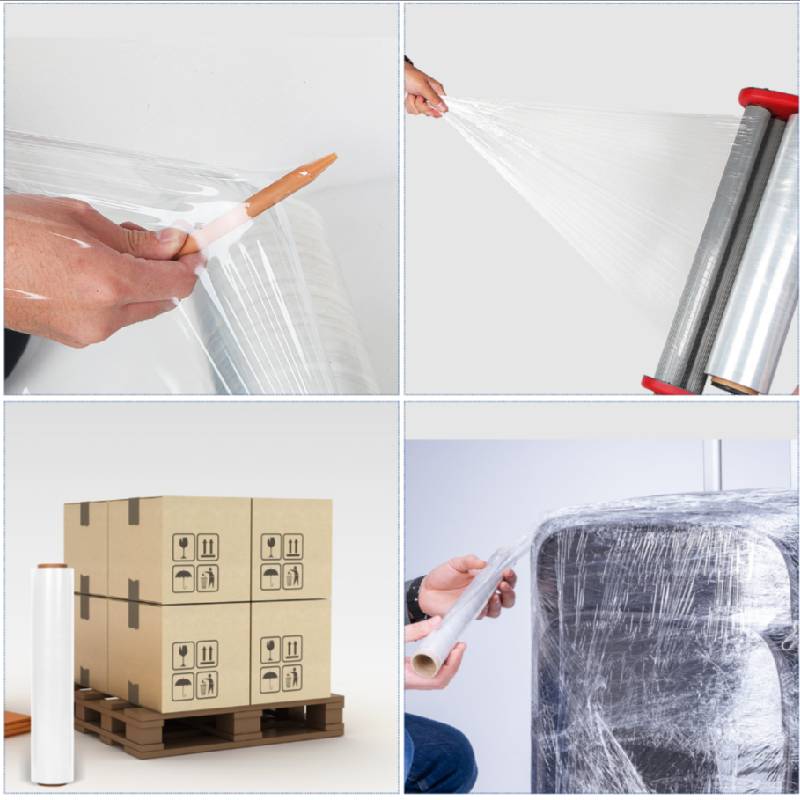Choosing the Right Disposable Meat Gloves for Safe and Hygienic Food Handling Practices
The Importance of Disposable Meat Gloves in Food Safety and Hygiene
In today's culinary world, maintaining hygiene and food safety standards is more crucial than ever, especially in handling raw meat. One of the most efficient ways to ensure these standards are met is through the use of disposable meat gloves. These gloves not only protect the food from contamination but also safeguard the health of those who prepare it. This article delves into the significance of disposable meat gloves and their role in promoting a safe kitchen environment.
First and foremost, disposable meat gloves serve as a barrier between the hands and raw meats, which are often breeding grounds for harmful bacteria such as Salmonella and E. coli. When preparing meat, inadequate hygiene practices can lead to cross-contamination, resulting in foodborne illnesses. By donning a pair of disposable gloves, chefs and home cooks can minimize direct contact with raw meat, significantly reducing the risk of transferring pathogens to other foods or surfaces. This is particularly important in a professional kitchen where multiple food items are being handled simultaneously.
Additionally, disposable gloves enhance sanitation by preventing the transfer of allergens, pathogens, and toxins from one surface to another. This is especially vital for individuals with food allergies or sensitivities. For instance, if a cook handles peanuts and then proceeds to prepare a dish without changing gloves, they could inadvertently trigger an allergic reaction in someone who is sensitive to those ingredients. By using disposable gloves, safe food handling practices can be consistently maintained, ensuring the well-being of all diners.
disposable meat gloves

Moreover, the convenience of disposable meat gloves cannot be overstated. They offer an easy solution for quick clean-up. After handling raw meat, simply removing and discarding the gloves means that there is no need for extensive handwashing or risk of contaminating other kitchen tools or surfaces. This time-efficient feature is particularly beneficial in busy kitchens where speed and effectiveness are essential.
It is also worth noting that disposable meat gloves come in various materials, including latex, vinyl, and nitrile. Each material has its advantages, catering to different needs and preferences. Latex gloves are known for their elasticity and comfort but may cause allergic reactions in some individuals. Vinyl gloves, while less durable, are an economical option for short tasks. Nitrile gloves, on the other hand, offer excellent puncture resistance and are suitable for those with latex allergies, making them a versatile choice for many food service applications.
Sustainability is a growing concern in every industry, including food service. While disposable gloves are handy, choosing environmentally friendly options is essential. Many manufacturers now produce biodegradable or compostable gloves that still offer adequate protection without contributing to plastic waste. By opting for these sustainable alternatives, kitchens can continue to prioritize hygiene while also considering their ecological footprint.
In conclusion, the use of disposable meat gloves is an essential practice for anyone involved in food preparation. Their ability to prevent cross-contamination, enhance sanitation, and promote efficiency makes them an invaluable tool in any kitchen environment. As awareness of food safety continues to rise, so too does the importance of adopting best practices like wearing disposable gloves, ensuring that we provide safe, delicious meals for our families and customers alike. The next time you prepare meat or engage in any culinary endeavor, remember the significant role that these seemingly small items play in maintaining health and safety in the kitchen.
-
Have the freedom of customizing your custom mailers any way you want! Our dedicated packaging support will help deliver you the mailing experience you need to elevate your shipping experience to the next level! Start making a strong impression on your customers and stand out from your competitors! -
LIYA uses high quality raw materials which directly purchased from large enterprises domestic and overseas such as PetroChina, Sinopec, Sabic, Equate, ExxonMobil, Dow Chemical, Total, and Borouge, ensuring the price advantage and quality of the raw materials. -
LIYA uses high quality raw materials which directly purchased from large enterprises domestic and overseas such as PetroChina, Sinopec, Sabic, Equate, ExxonMobil, Dow Chemical, Total, and Borouge, ensuring the price advantage and quality of the raw materials.





